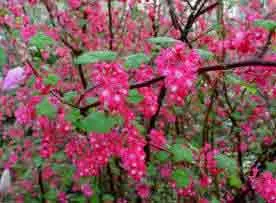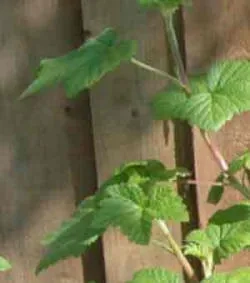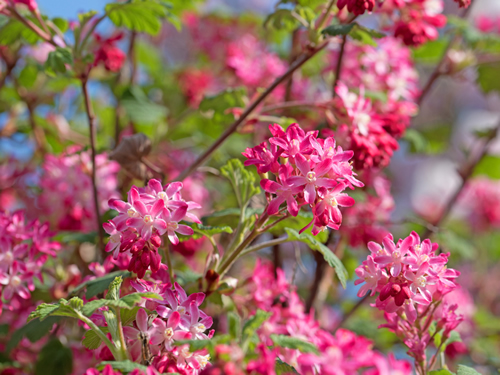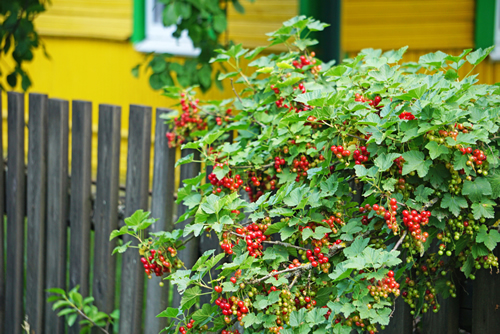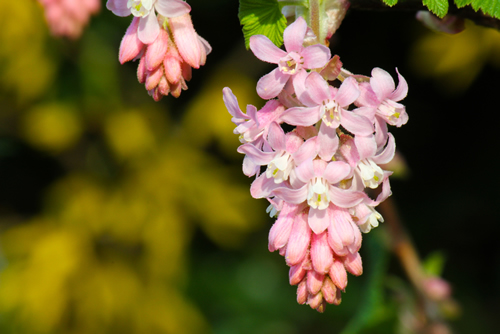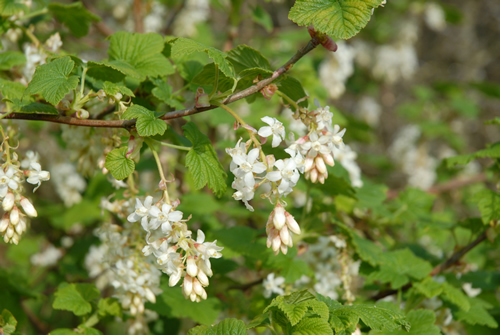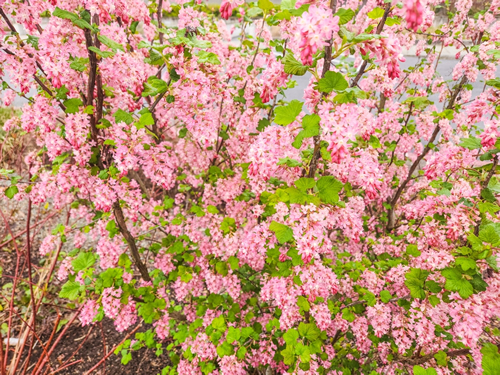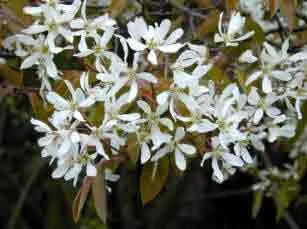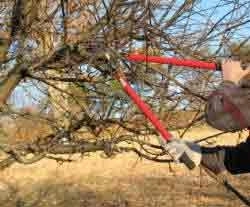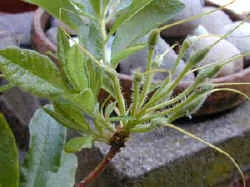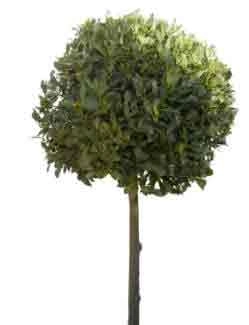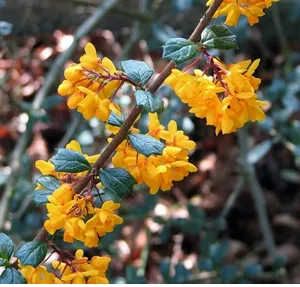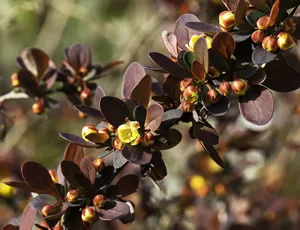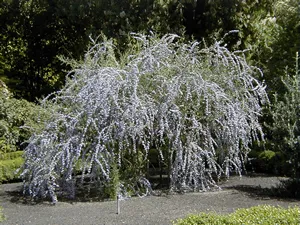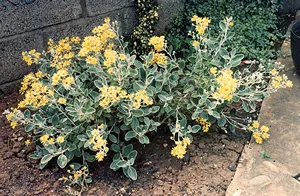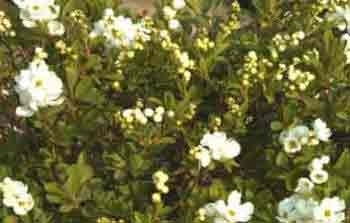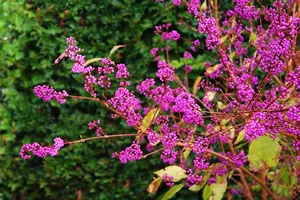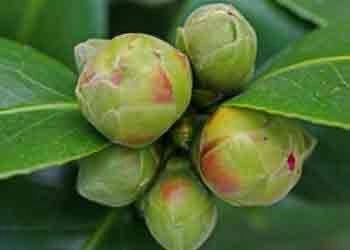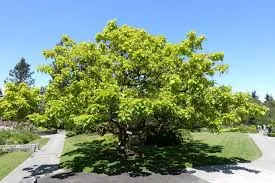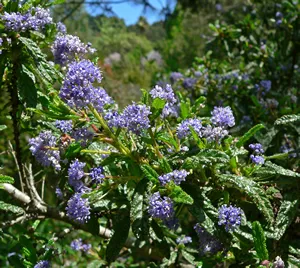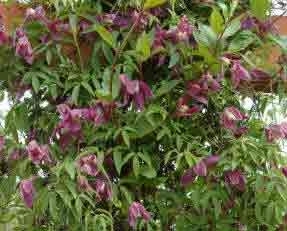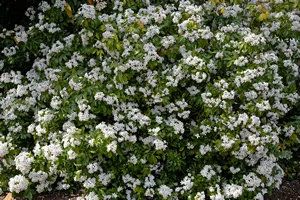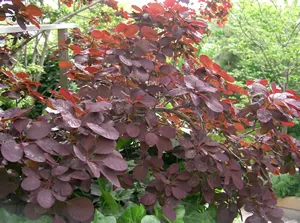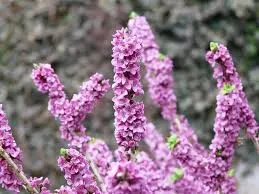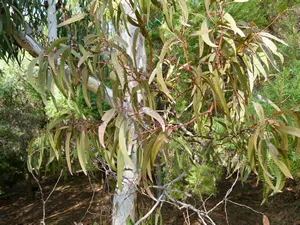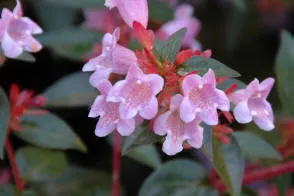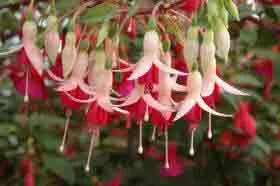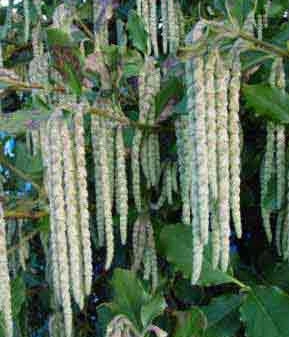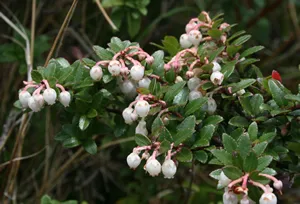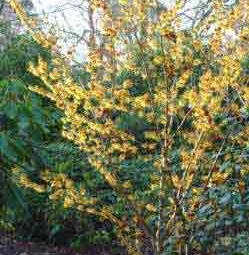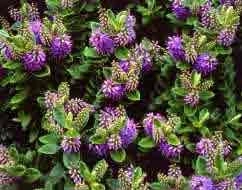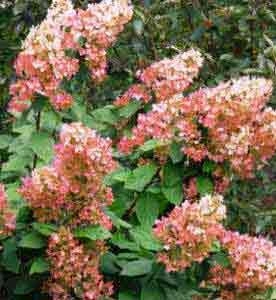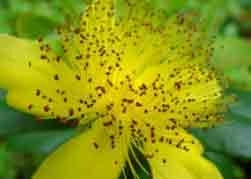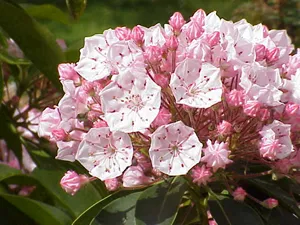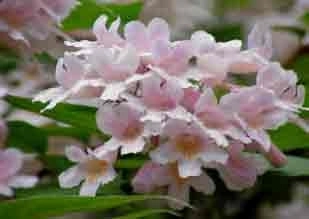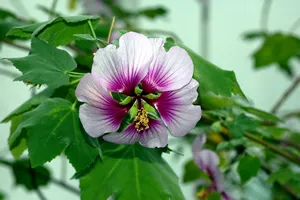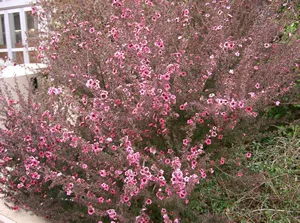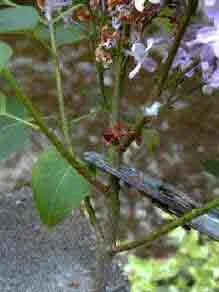With a large overgrown Ribes shrub, the best course of action may well be to prune it hard - down to ground level or near! That course of action can be carried out at virtually any time of year, but if you prune it too late, then it will not flower the following spring, so, the earlier the better - March or April at latest.
This will give it a full growing season when it can again grow into space - but in a more controlled manner.
Ribes - Flowering Currants, flower early in spring on flower buds
that are grown in the previous growing season. It needs a full season to grow these flower stems and buds ready for the following spring. If the Ribes 'suffer' a late pruning, then the flower buds for the next year will be lost.
Pruning Ribes is necessary immediately after they have finished flowering. The pruning can either be a general trim back to shape - but bear in mind that growth will be quite rapid after pruning, so a light prune might not be enough. Prune right back into the bush.
The other way in which to grow a spectacular Ribes shrub, is to cut the Ribes back very hard each year - right after flowering! Cut out all the previous years flowered branches to a point to suit - 30cms from the ground is great!
Picture on the left shows one year old growth about to be tackled - Right after flowers have faded. Right side image shows the finished job. Off at 60cms from ground! 24th April 2008
If you prune back in this manner every year, you will firstly contain the shrub to a reasonable size, but - more important - the plant will grow long upright cane type branches during the year, which will then be clothed top to bottom in large flower clusters the following spring -
quite spectacular!
Less than 2 weeks later (7th May 2008, we have new
growth which is already 6in (15cm) long, and will carry on growing
through the summer to make long flowering, upright canes some 1.5m (5ft) long. These will flower the following spring. This type of pruning gives spectacular results to this otherwise slightly unkempt habit of this group of shrubs.
Two weeks further - 24th May - sees the new growths at 12in (30cm). And there is a further 5 months growth yet before autumn dormancy!
